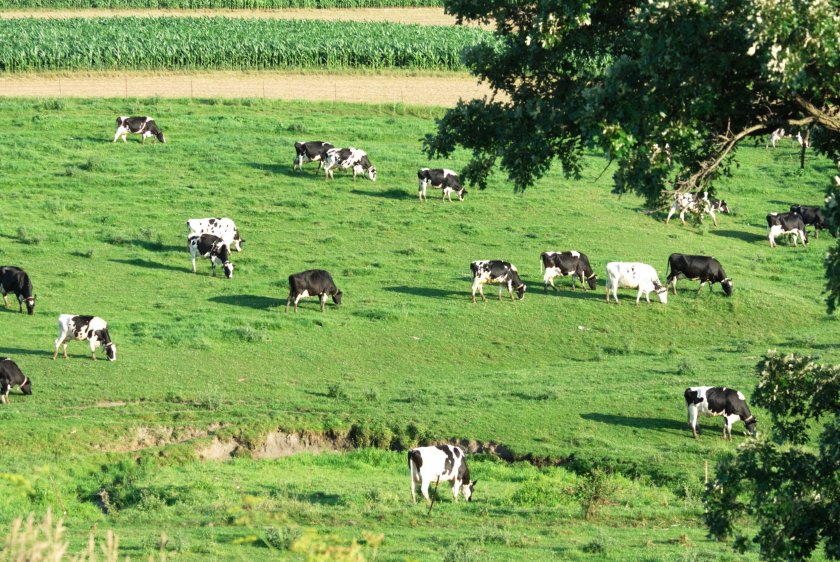
The critical value of nitrogen in delivering sustainable and circular food systems has been looked at in a new report aimed at the livestock sector.
With nitrogen being a fundamental component of agricultural systems, the report seeks to understand how the sector can better utilise nitrogen and encourage effective nitrogen cycling.
Dr Mark Young, specialist at CIEL (Centre for Innovation Excellence in Livestock), an agri-tech centre, says the livestock sector can use nitrogen more effectively.
He explains that this can be done through an appreciation of the nitrogen cycle and consideration to monitoring and management of nitrogen resources.
“Nitrogen is essential for agriculture. It’s the key element needed for protein production, captured by microbes living in soil, in the roots of plants and colonising the gut of sheep and cattle,” he says.
“However, while some agricultural practices cause excessive loss of nitrogen to the atmosphere and waterways, others can capture nitrogen."
Losses from the nitrogen cycle cannot be eliminated, so the livestock sector needs to exploit the opportunity to minimise losses and hold more nitrogen in the system, he says.
“This will make farming both more efficient and reduce losses of nitrogen as nitrous oxide (a greenhouse gas), ammonia emissions, and nitrate through leaching or run-off.”
To better understand nitrogen’s interaction with the environment and the potential, the report looks at the natural nitrogen cycle, explaining how agricultural practices shape the cycle and the opportunities to improve nitrogen use.
The report identifies the critical need for farmers to have access to reliable tools to measure nitrogen on-farm, soils in particular, to identify and monitor where nitrogen losses occur, in order to maximise nitrogen use efficiency.
By managing the land and on-farm nitrogen resources such as soils, manures and fertilisers, CIEL says farmers can make management decisions that will make better use of nitrogen.
And developing on-farm technologies which will help to capture or hold nitrogen, for example in livestock manure, and to make this available for enhancing growth of feed crops, will also help to reduce nitrogen losses in the sector.
Dr Young adds: “This report provides a rounded picture of nitrogen in agriculture, highlighting its key role in producing high quality protein from livestock and identifying where losses that impact on the environment occur.
“Sustainable agricultural systems should aim to maximise these nutritional benefits while minimising negative environmental impacts.”
